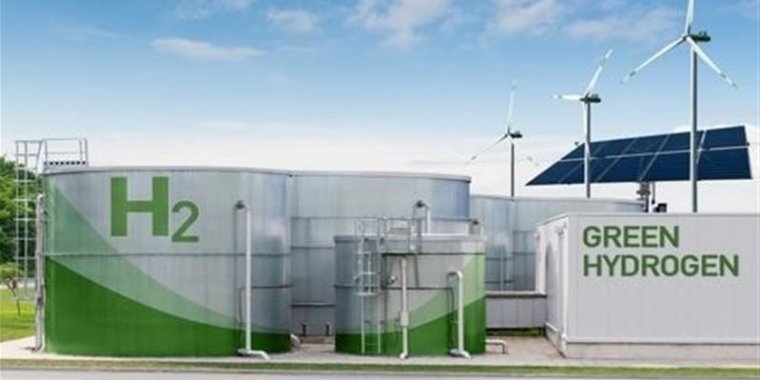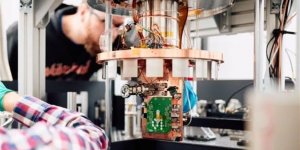| News / Tech News |
New Material Converts Sunlight, Water into Clean Energy
Researchers at Oregon State University, led by Kyriakos Stylianou, have created a groundbreaking photocatalyst using metal organic frameworks (MOFs) that can swiftly and efficiently split water into hydrogen when exposed to sunlight.

New Material Converts Sunlight, Water into Clean Energy. Image credit: tasnimnews.com
This innovation, a collaboration with Stylianou of the OSU College of Science, represents a potential new weapon in the fight against climate change.
Stylianou’s team focused on deriving a metal oxide heterojunction from MOFs, combining ruthenium oxide and titanium oxide doped with sulfur and nitrogen. They referred to this heterojunction as RTTA. Through extensive testing, RTTA-1, which had the lowest ruthenium oxide content, emerged as the most efficient.
“Among various RTTA materials, RTTA-1 exhibited the fastest hydrogen production rate and a high quantum yield,” Stylianou noted. In one hour, a gram of RTTA-1 produced over 10,700 micromoles of hydrogen, utilizing photons at a rate of 10%.
Stylianou explained the remarkable efficiency: “The synergistic effects of the metal oxides’ properties and surface properties from the parent MOF enhance electron transfer.”
This study underscores the potential of MOF-derived metal oxide heterojunctions as effective photocatalysts for hydrogen production, offering a sustainable and efficient energy solution.
Currently, hydrogen is mainly produced through a carbon-dioxide-emitting process called methane-steam reforming.
Photocatalytic hydrogen production, a cleaner method, offers a sustainable alternative.
While hydrogen production from water traditionally involves electrocatalysis, this new approach harnesses solar energy directly.
“Water is an abundant source of hydrogen, and photocatalysis offers a method to harness the Earth’s abundant solar energy for hydrogen production,” said Stylianou.
Despite ruthenium oxide’s high cost, the minimal amount used in this photocatalyst makes it viable for industrial applications.
With methane-steam reforming producing hydrogen at $1.50 per kilogram and green hydrogen at around $5 per kilogram, photocatalytic hydrogen production presents a competitive and sustainable alternative. (Tasnim News Agency)
YOU MAY ALSO LIKE





